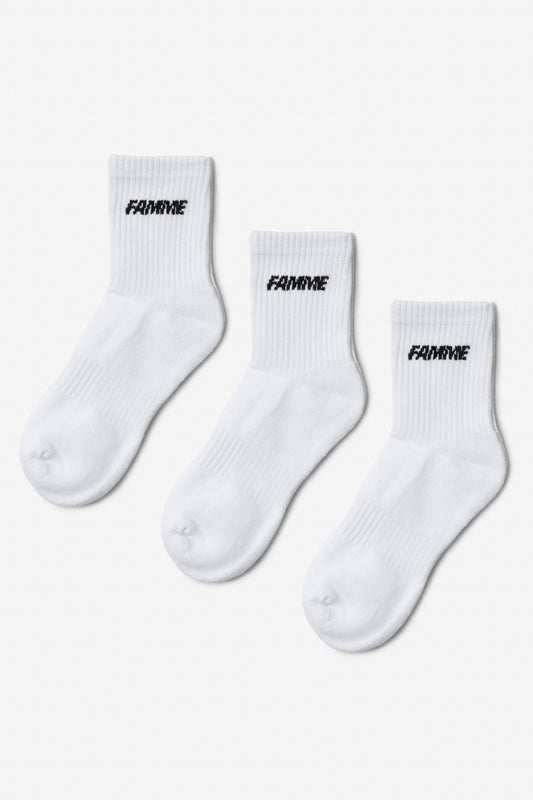Banded Pull-Apart
The Banded Pull-Apart is a simple but highly effective exercise that focuses on strengthening the upper back, shoulders and improving posture. This exercise helps strengthen the rotator cuff and scapular stabilization, which is important for overall shoulder health.
Correct Form and Technique
How to perform a correct Banded Pull-Apart :
- Starting position: Hold a resistance band with both hands, at shoulder height and with your arms straight in front of you. Keep your palms facing down, and with a little more than shoulder width between your hands.
- Movement: Pull the band apart by bringing your arms out to your sides, squeezing your shoulder blades together during the movement. Make sure to keep your arms straight throughout the exercise.
- Return: Slowly return the arms to the starting position with control.
- Exhale: Exhale as you pull the band apart, and inhale as you bring your arms back.
Common Errors
Avoid these common mistakes to get the most out of your exercise:
- Too much bend in the elbows: Keep the arms as straight as possible to ensure proper activation of the back muscles.
- For quick execution: Make sure to perform the exercise slowly and in a controlled manner. Avoid "dropping" the band back to the starting position.
- Tension in the neck: Avoid pulling your shoulders up towards your ears. Keep your neck relaxed and focus on squeezing your shoulder blades together.
Modifications and Variants
To make the exercise easier, use a lighter band or hold your hands wider apart. This reduces resistance and makes it easier to focus on correct technique.
For a bigger challenge, you can use a heavier band or change your hand position to have your thumbs pointing up, which activates more of the side and rear deltoids.
Repetitions and Sets
Perform 3 sets of 12-15 repetitions to get the best possible effect. Make sure that each repetition is controlled and that you really feel the muscle activation in the upper back and shoulders.
Exhale as you pull the band apart, and in as you return to the starting position.


